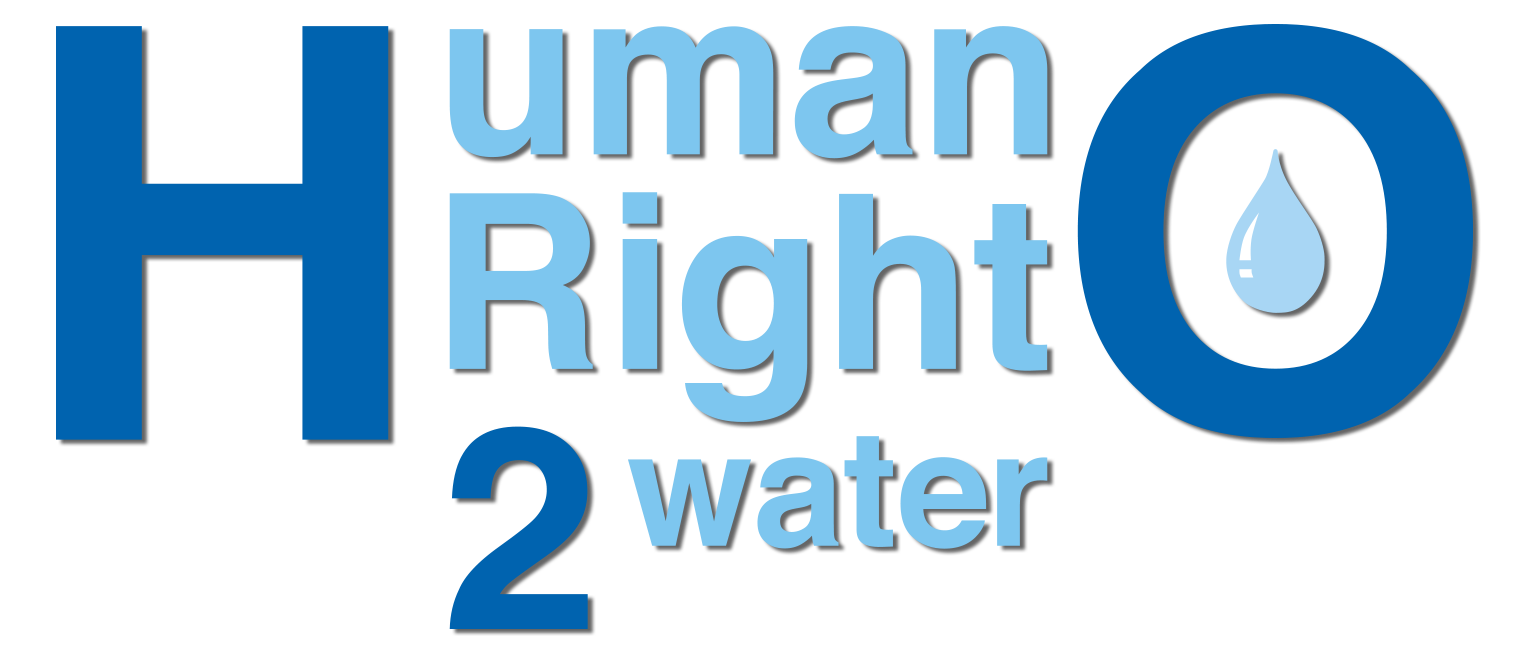The current droughts in Uruguay are creating huge problems for the government to guarantee access to drinkable water for their citizens, and respect the human right to water.
On June 19, 2023, Uruguay declared its nation in a hydraulic emergency. They are facing the worst drought in 74 years, with particular problems in Montevideo, the capital. The reservoir in Paso Severino has been drained, and many people are unable to drink the tap water, a habit they have become used to for all of their lives (Llambías, 2023).
The decrease in rainfall due to climate change is the primary cause, but it has been exacerbated by the lack of investment and planning into water storage.
The last investment into the Paso Severino Reservoir was made by the government in 1987, followed by a second reservoir project in 2014. Water resources have been taken for granted leading to an unpreparedness to deal with water scarcity crises (Llambías, 2023).
Without a reliable source of rain, the water authorities have turned to water from the river La Plata for household water provision. Despite studies that deemed the water as ‘drinkable’, further test have shown that the concentration of minerals and chemicals in the water are not safe, with sodium at double, and choride at almost triple,the safe standards. This has prompted the need for investment in a desalination unit, and other infrasture (Llambías, 2023). It is evident that the water shortage is going to be a continuing problem without consideration of climate adaptation in local planning policies.
Source: Llambías, F. (2023) Las razones por las que Montevideo está cerca de quedarse sin reservas de agua (más allá de por la falta de lluvia). BBC. Retrieved from: https://www.bbc.com/mundo/articles/c4nvqjy9pywo

